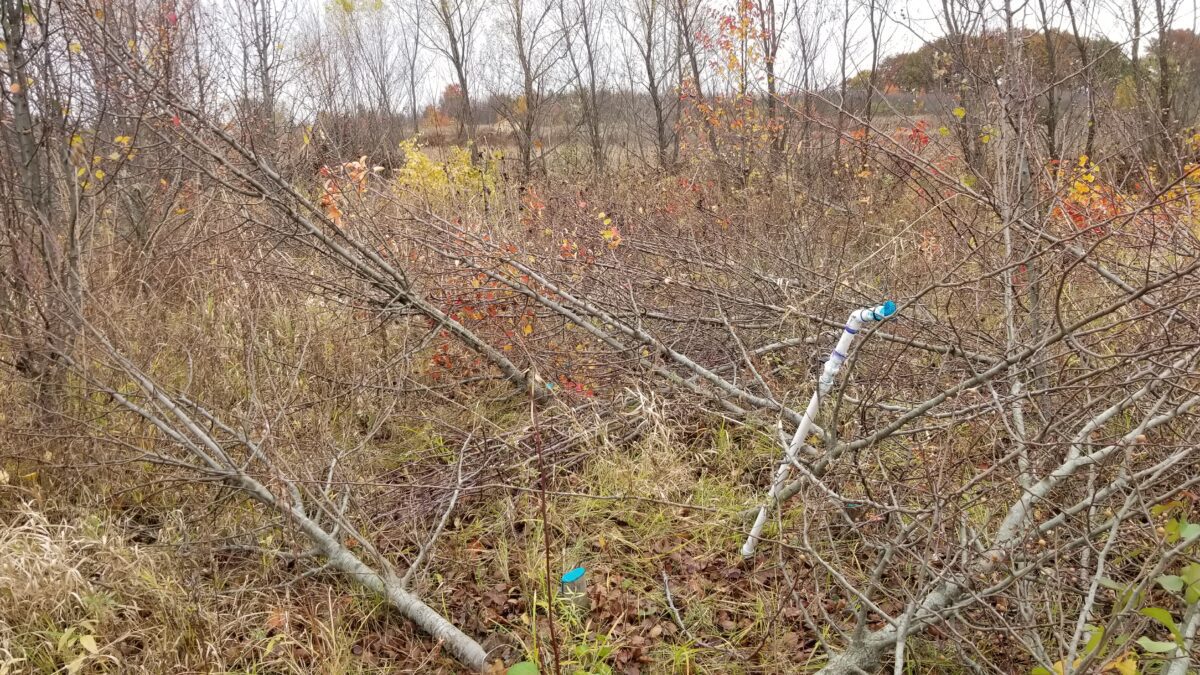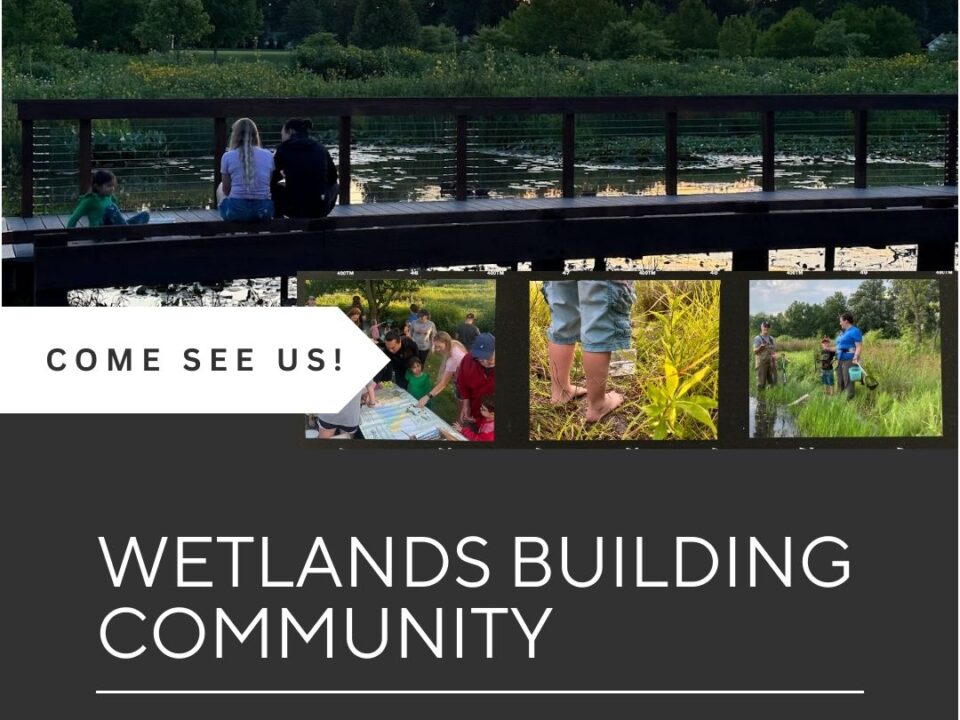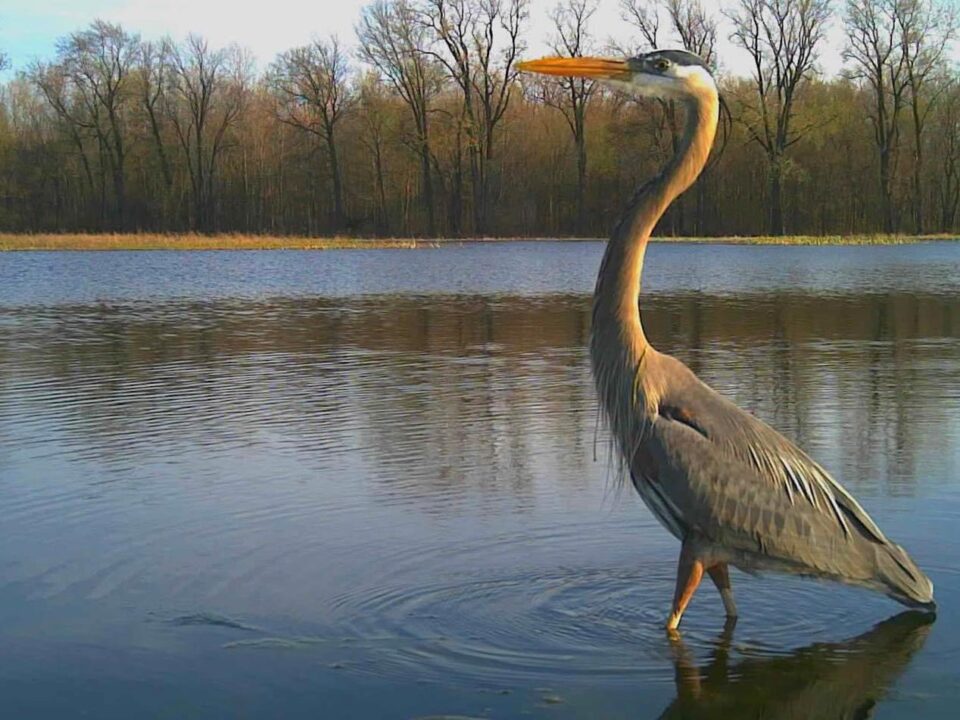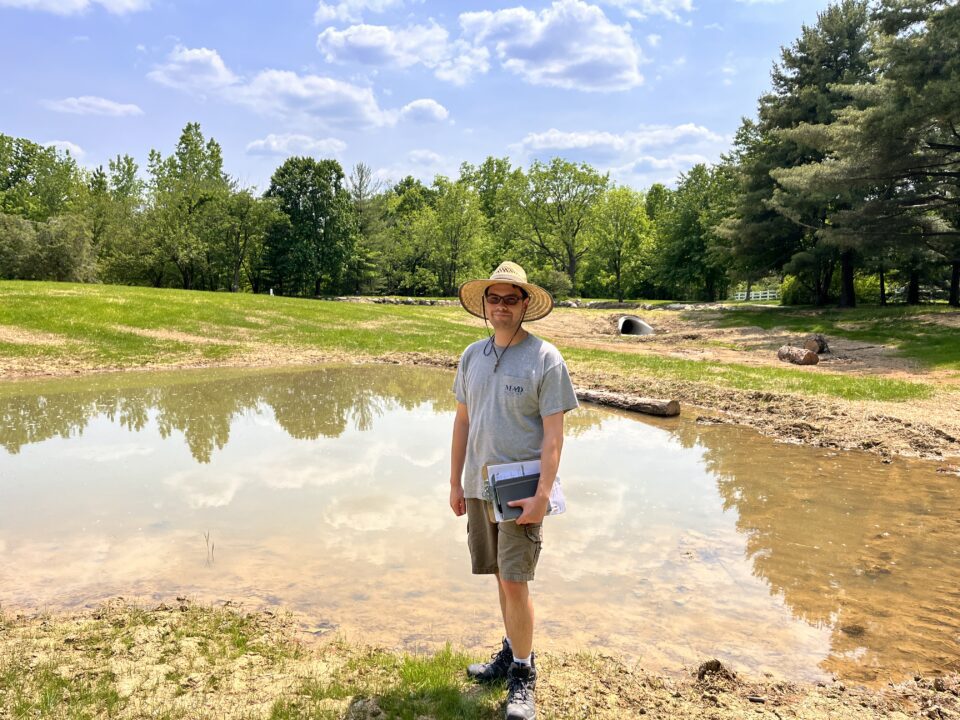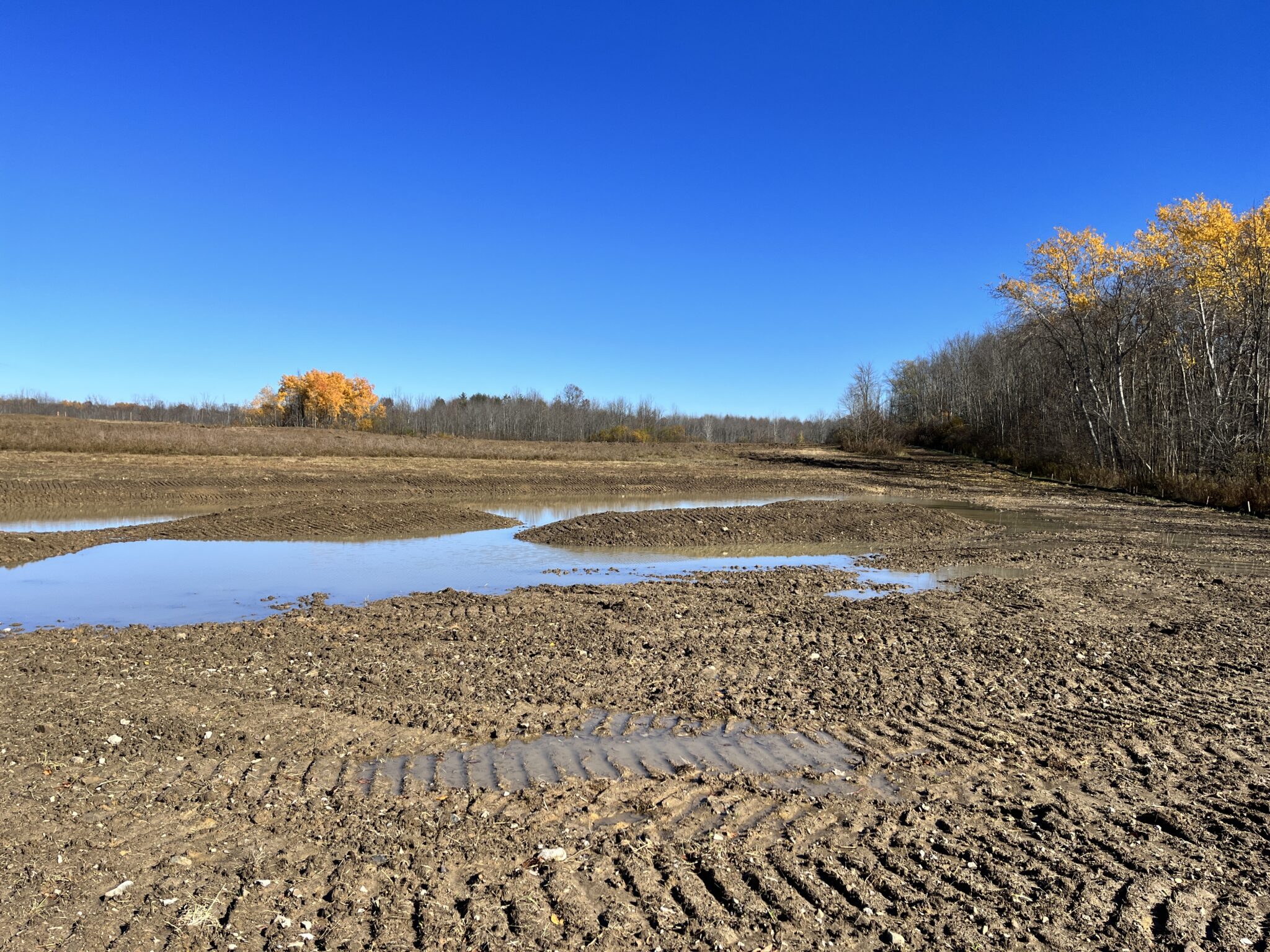
Wetland Construction Underway in Geauga County
December 27, 2022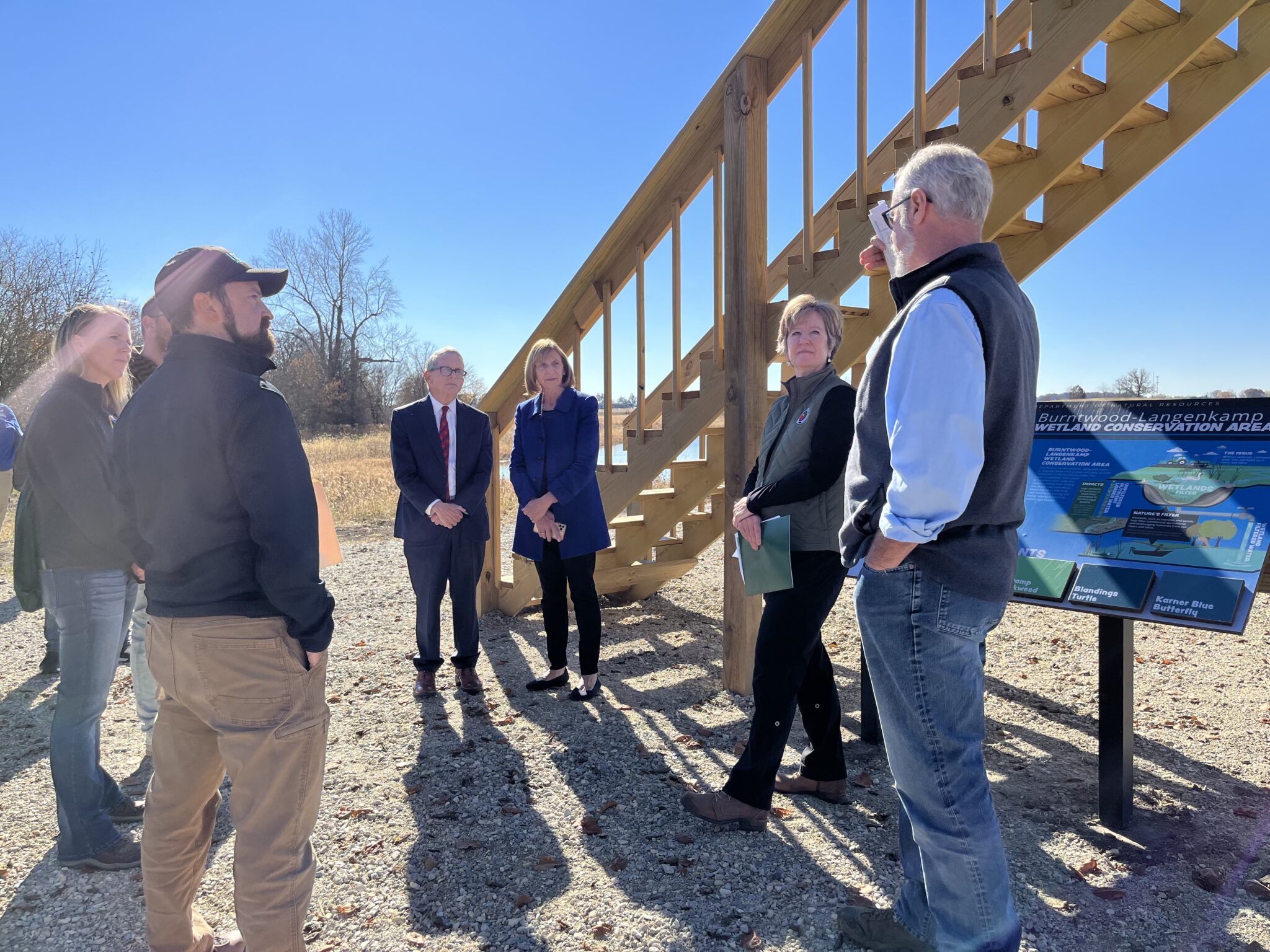
Governor DeWine Visits H2Ohio-Funded Site
December 27, 2022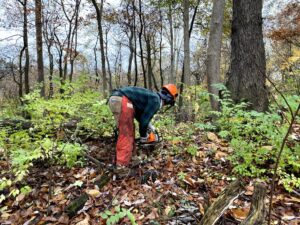
Each of our staff on this team are certified pesticide applicators or trained service persons and they use meticulous care when mixing and applying herbicide, including choosing the most effective chemical that poses the least amount of environmental damage, precisely targeting invasive species and minimizing the use of chemicals when possible. We understand the fear of chemical use, but in order to restore a habitat, the first step is removing the problem. In some areas, invasive species are so dense, and often layered throughout vegetative strata, that mechanical removal is not only impractical, but impossible to effectively manage. Being aware of each plant’s physiology and understanding habitat phenology (seasonal changes), we can strike when our targeted species is most susceptible to chemical uptake and surrounding native plants are least active, avoiding unnecessary collateral damage.
When possible, we will manage some plants via pulling, hand-cutting, mowing, smothering, introducing shade, etc. These efforts are often paired with a follow up chemical treatment once plants are smaller (requiring less herbicide) and weaker, thus more susceptible to treatments. For instance, hand-cutting cattail 1-2 times during the growing season allows you to treat a much smaller (and shorter) amount of leaves with herbicide in the fall- which otherwise would be time-consuming, cost ineffective, require more chemical use, and pose a greater risk of exposure to herbicide by walking through leaves that can easily exceed average human height.
All that to say that we are proud of our staff and proud to help combat the spread of invasive species that decimate regional biodiversity, degrade soil, and generally throw ecosystem dynamics out of whack. It’s an uphill battle, but with minimal greenspace in urban settings and fragmented or otherwise disturbed rural areas, what we have left is worth protecting and enhancing.



